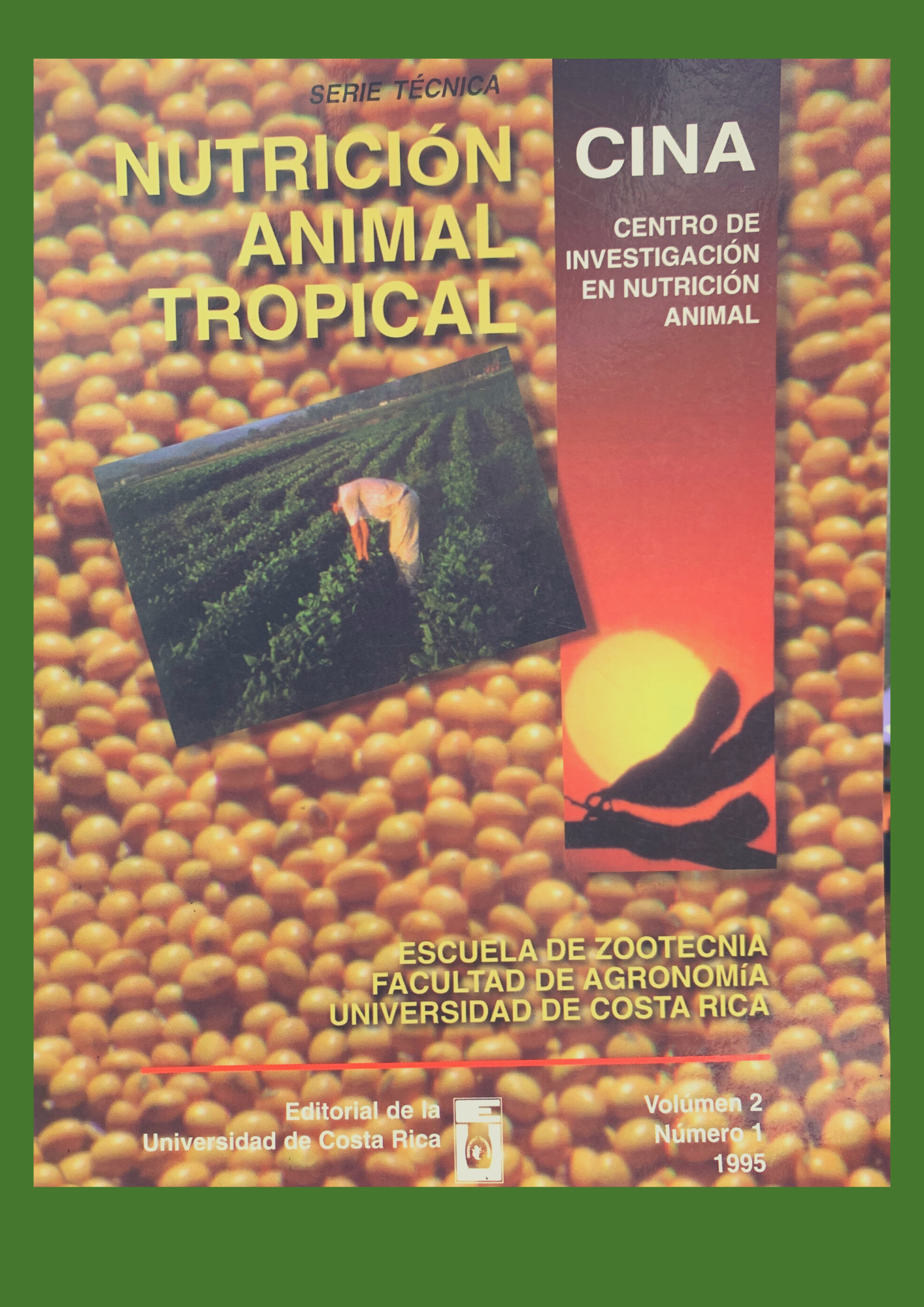Resumen
Use of soybean in aquaculture. Aquaculture profits are closely related to feed supply and feed protein costs. Intensive aquaculture farming requires high protein levels in feeds. Feed is the most important item. commercial feeds formulated for aquaculture species range from 25 to 50% crude protein (Akiyama, 1992). For this reason, high protein ingredients such as fish meal, bone and blood meal and oilseed meals varies from 50 to 70% of the feed formulation. The limited supply and high prices of fish meal had encouraged aquaculture nutritionists to consider other alternative protein sources. Nevertheless, high vegetable protein levels in fish diets generally results in low growth rates and poor feed efficiency ratios due to an incorrect essential nutrients balance, raw material antinutritive factors, low palatability or low water stability pellets (Lil and Dominy, 1991). Among vegetable meals, the soybean meal is increasing its use. This is due to soybean chemical composition, amino acid profile and high availability around the world at lower prices than fishmeal (Akiyama, 1992). Raw soybeans have several antinutritive factors that provokes low growth in cold water fishes. Warm water fishes and shrimps fed with soybean products as the main protein source achieve satisfactory growth. Solvent extracted, dehulled soybean meal is 49% crude-protein, from which, 85% is digestible (for catfish rainbow trout and tilapia), almost the same as fishmeal (Lovell and Smitherman, 1993) and 89.9%, for shrimp (Akiyama et al., 1991).
Palatability is the main limiting factor for soybean use in salmon and trout feeds (Lovell and Smitherman, 1993). Whole soybean suitable heated can replace partially (and sometimes totally) fishmeal in freshwater and marine fish' The main recommendation related to whole soybean use in fish diets is not to exceed fat levels for each species. One of the main components of soybean oil is soybean lecithin as a mayor source of coline,
inositol and several nutritional components. Besides the protection of soybean-r lecithin to vitamins A and E against oxidation, it promotes a better utilization of fats and vitamins' In extruded feeds, soybean lecithin contribute with the necessary lubrication for tire exit dice, making feed manufacture more efficient (Ruiz, 1990). Full fat soybeans provides a high protein/ high energy source. More research is required in aquaculture species to know certainly the organisms biological response to different ingredients.

